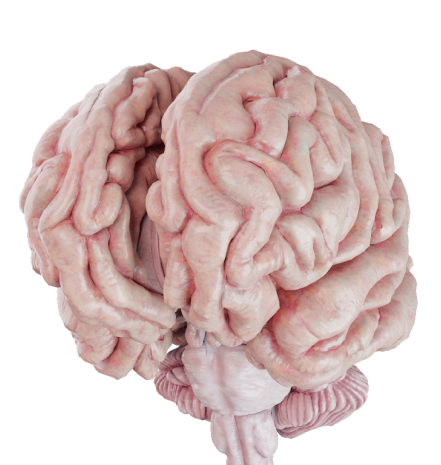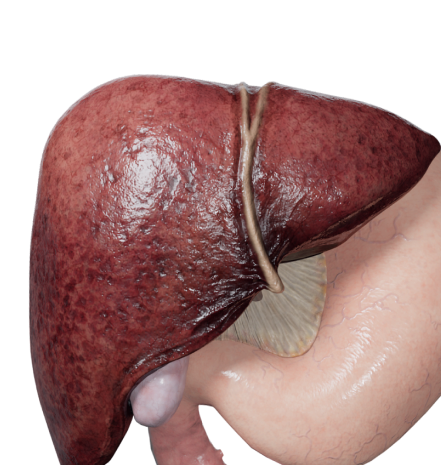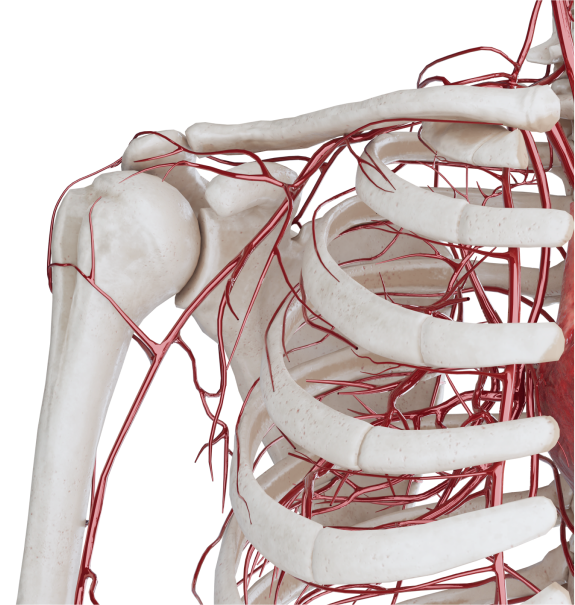Фистула синуса Вальсальвы
Что такое Врожденная аневризма синуса Вальсальвы?
Врожденная аневризма синуса Вальсальвы представляет собой мешотчатое выпячивание стенки аортального синуса и нередко сопровождается прорывом в рядом расположенные полости сердца и образованием фистул.
Эмбриология
Основным механизмом формирования аневризмы синуса Вальсальвы является несостоятельность соединения между стенкой аорты и фиброзным кольцом. С течением времени стенки аневризматического выпячивания истончаются, что приводит к ее разрыву и формированию фистулы синуса Вальсальвы.
Анатомия
Синусы Вальсальвы - это часть стенки аорты, которая соответствует створкам полулунного клапана. Синусы называются соответствующе коронарным артериям: левый, правый и некоронарный. Чаще всего фистулы синусов Вальсальвы происходят из правого коронарного синуса, реже - некоронарный и левый коронарный.
Фистулы из правого и некоронарного коронарного синуса чаще сообщаются с правым предсердием или правым желудочком, из левого коронарного синуса - с левым желудочком и легочной артерией. Частыми сопутствующими патологиями являются: ДМЖП, недостаточность аортального клапана, бикуспидальный аортальный клапан и др.
Классификация
- Фистулы из правого коронарного синуса.
- Фистулы из левого коронарного синуса.
- Фистулы из некоронарного синуса.
Гемодинамика
До момента формирования фистулы гемодинамических нарушений не наблюдается. Степень нарушения гемодинамики зависит от размера фистулы. Сброс крови будет наблюдаться из камеры сердца с большим давлением (например, аорты) в зону с меньшим (например, правое предсердие).
Постоянное поступление дополнительного объема крови приводит к объемной перегрузке, также для этого порока характерно развитие недостаточности аортального клапана.
Диагностика
- ЭКГ. Не специфично для диагностики. В случае разрыва аневризмы с большим сбросом крови признаки перегрузки отделов сердца.
- Рентгенограмма грудной клетки. Не специфично. Возможно небольшое увеличение отделов сердца при большом объеме фистулы и длительно протекающем процессе.
- ЭхоКГ. “Золотой стандарт” диагностики, позволяет установить диагноз. С помощью этого метода возможно визуализировать выбухание синуса и, непосредственно, фистулу. Допплер-ЭХОКГ позволяет выявить сброс и его направление при наличии фистулы, а также оценить регургитацию на аортальном клапане.
- Ангиография, МРТ. Применяются редко.
Клинические проявления
Неразорвавшаяся аневризма в большинстве случаев протекает бессимптомно. Появление болей в грудной клетке, нарушений ритма, обмороков является следствием сдавления тех или иных структур сердца и основанием для обследования.
Разрыв аневризмы сопровождается возникновением болей в области сердца, одышкой, ощущением сердцебиения.
Это связано с острой легочной гиперволемией и с падением коронарного кровотока и сердечного выброса из-за шунтирования крови из аорты. Одновременно появляется систоло-диастолический шум. Артериальное диастолическое давление снижается, пульсовое - повышается. Симптомы застойной сердечной недостаточности развиваются быстро. При проведении аускультации в доклинический период могут выслушиваться шумы в области левого края грудины. Клинические проявления зависят от расположения и размера фистулы. Физикально данные напоминают такие при открытом артериальном протоке - громкий шум, который выслушивается вдоль левого края грудины.
Лечение
Фистула синуса Вальсальвы требует хирургической коррекции. Суть операции заключается в ее ушивании или наложении заплаты. Некоторые авторы рекомендуют дополнительно выполнять укрепление фиброзного кольца аортального клапана. В редких случаях применяются реконструктивные операции (протезирование корня аорты).







